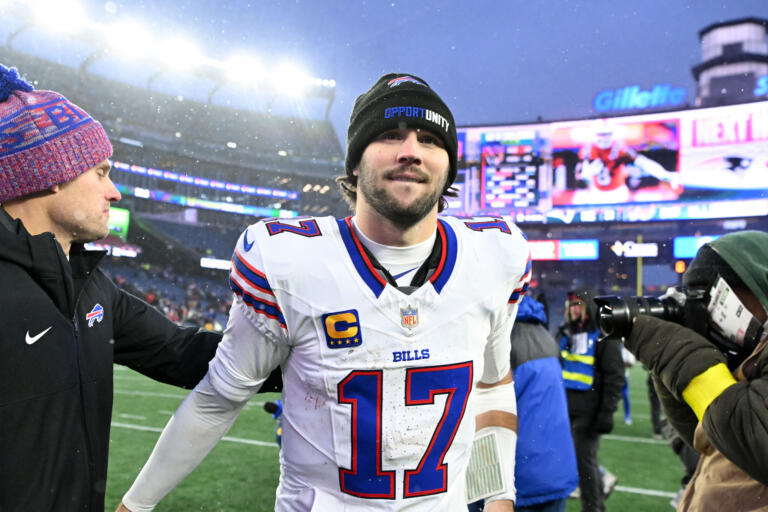Why the Orioles finally addressed a glaring need and freed themselves to pursue real pitching stability
The Orioles did something this week they have avoided for years. They made a decisive, forward-leaning move that filled a clear lineup need and nudged the roster closer to the version Mike Elias has been trying to build since the day he arrived. Trading Grayson Rodriguez for Taylor Ward is not the type of headline Baltimore fans expected, but it is the type of move that signals a club ready to compete with intent.
Ward answers a problem the Orioles have carried for two seasons. The lineup is deep and young, but far too dependent on left-handed hitting in the corner outfield. As the team learned during long stretches last year, that imbalance can be exposed, especially when right-handed production disappears against tough pitching. Ward brings relief. He is a steady right-handed hitter with the ability to drive the ball without selling out for power. His swing plays to the alleys at Camden Yards. He profiles as someone who can hit for average, control the strike zone, and still reach the wall in left and left-center.
More important, he fits. He fits the defensive shape of the roster. He fits the lineup as a middle-order option who lengthens the batting order instead of crowding it. He fits the park. The Orioles have cycled through temporary options in right and left field for too long. Ward gives them stability, and he does it during the prime of his career.
To get him, the Orioles had to move on from Rodriguez. That decision was overdue. Rodriguez has the talent to be a frontline starter, but the club could no longer plan its future around best-case outcomes. His injury history never stabilized. Every year brought new questions, new delays, and new limits on how much the team could ask of him. And at this point, expecting him to carry any meaningful workload in 2026 was unrealistic because he has not thrown a competitive pitch in a year and a half. Pitchers do not walk back into a rotation after that much lost time and immediately handle the strain of a full season. Even if he returned healthy, the Orioles would have been forced to monitor every outing, cap his innings, and brace for setbacks. That is not how a contender can operate.
This trade frees the Orioles to hunt for the type of starting pitching they have avoided for too long. They now have room, urgency, and a clear need at the top of the rotation. With Rodriguez gone, there is no illusion that internal arms will be enough. Elias can go after reliable, durable starters in free agency or take on a major arm through another trade. The farm system still has depth. The payroll still has space. The rotation now has a vacancy that cannot be ignored.
Baltimore has spent years building an identity based on patience, development, and restraint. That phase produced a contender, but it will not finish the job. Contenders act when a roster calls for it. This move shows the Orioles are ready to do that. Ward fills a real need. Rodriguez’s departure opens a path to the pitching the team truly requires. And for the first time in a long time, Baltimore looks like a club willing to take the steps expected of a team with championship plans.








